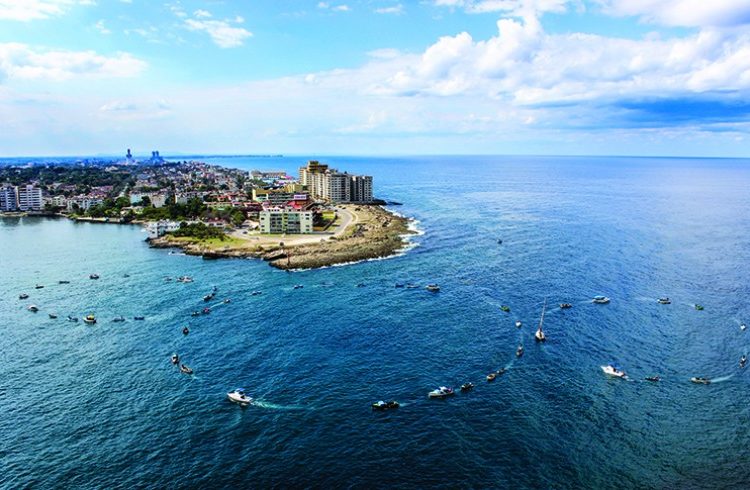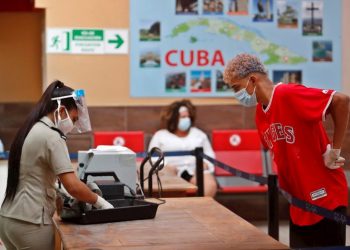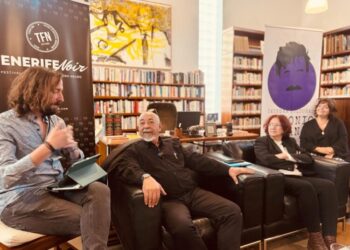What does the “biennial model” mean, and to what extent does that ideal model approach that of the Havana Biennial?
For me, the biennial model is like museums, like a burial and a resurrection; we move between the two things. Picasso used to say that museums were like funeral homes; that the artwork was alive in the studio, and as soon as it was taken to a museum, it was like it was buried. From time immemorial, these questions have been debated, but nobody has found another form of promoting and legitimizing art. What’s interesting in referring to the Havana Biennial is that it marked its differences right from the start. It was more of an underground biennial, which did not entail large sums of money, and that clearly had a deep conceptual objective of change and transformation, and that is what can be seen today, and what is recognized internationally. And more than 30 years have gone by since its start, which is why the Biennial also involves rethinking things—what we can contribute today within the international context is one of them. Talking about something new is extremely pretentious. I don’t think that anything new can be done in art. What we can do is mark certain differences, certain proposals than can be distinguished with respect to what’s being done elsewhere.
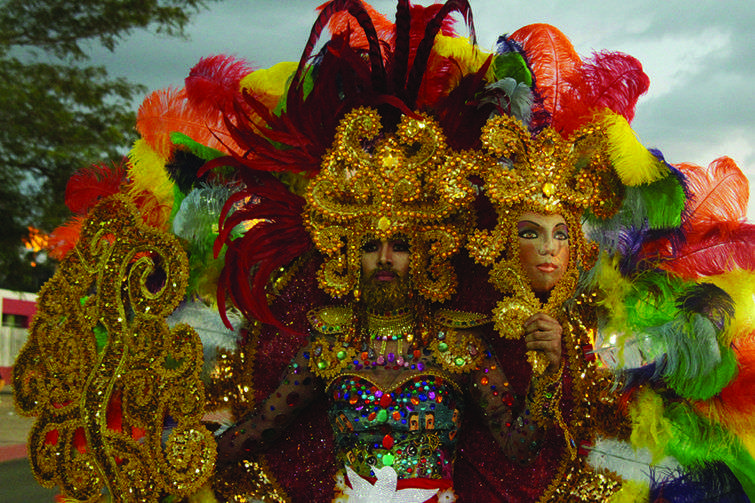
Some people hold that the Havana Biennial, that “sounding board,” as Nicolas Bourriaud called it, is no longer a launching pad for artists who are not very visible inside or outside their spaces of action. Instead, the list of names increasingly features well-known artists, legitimized by galleries and international events. In this case, what would be the contribution of this year’s biennial?
What’s interesting is creating intersecting dialogues. In this case, artists who are coming to the Biennial include Fredman Barahona (Nicaragua, 1989); Antonio José Guzmán (Panama, 1971); Ebony Patterson (Jamaica, 1981); and Steeve Bauras (Martinique, 1982), artists who are no so well-known outside of the Caribbean, and they will come into contact with great figures such as Michelangelo Pistoletto (Italy, 1933); Daniel Buren (France, 1938); Joseph Kosuth (USA, 1945). For many of these artists, the Havana Biennial is going to be an important launch. In other words, the event is not about a single glance, but also deploying your presence. I think that the Biennial will open up to the world more and more, but the world has its nuances. In the last two Biennials, I have championed the facilitating of generational, historic exchange, where certain hierarchies are managed between people from the art establishment who are now part of art history from the past century, and totally unknown artists from Central America, the Caribbean, and Africa. I’m also interested in creating a dialogue between our context, relatively young artists, and those who have a certain amount of international legitimacy. I can mention three of them who have won the Venice Biennale’s Golden Lion, taking into account that any award is always erratic. They are Tino Sehgal (Germany, 1976) and Gregor Schneider (Germany, 1969), with different proposals, with work that features processes, social insertions, something that they are also interacting with, reflecting and intervening in problems that are related to the Cuban space. Really, there are many artists at that level who are participating with us now.
What will be the spaces and contexts for this edition?
There are many spaces. It’s not a question of finding a standard, given that it is a biennial that moves in the particular, not in the general. Art in its place. We have adapted to using the word nucleus—in everything that we’re talking about, there are, in effect, connectors, communicating vessels—but it’s not a question of putting things into groups by nucleus or theme. It’s a question of looking for that particular element that has to do with context, where that piece can function, even if that place is distant from another work in the Biennial. That is another risk. This is a Biennial that very much wants to involve neighborhoods, and in that sense, it’s been very important to have a dialogue with a group of architects who are concerned with phenomena, not just of the visual aspect of the architecture, but also of phenomena that have to do with urban planning, how to create new “urbanisms.” Some have very thorough studies—and we’re talking about Casablanca, or Parque Trillo. Moreover there are young people who are connected with others who are more experienced. It’s also important for theaters to function, too, not with cultural programming outside the Biennial, but also as part of it. Exploring this area of intersection between dance, theater and performance. All of this is important for the twelfth edition (of the Biennial). It’s the same with music, which is also going to have a major presence. In that sense, many artists who come from other countries are going to work on that relationship of intersecting disciplines, demonstrating that music is also a medium of expression related to the visual arts.
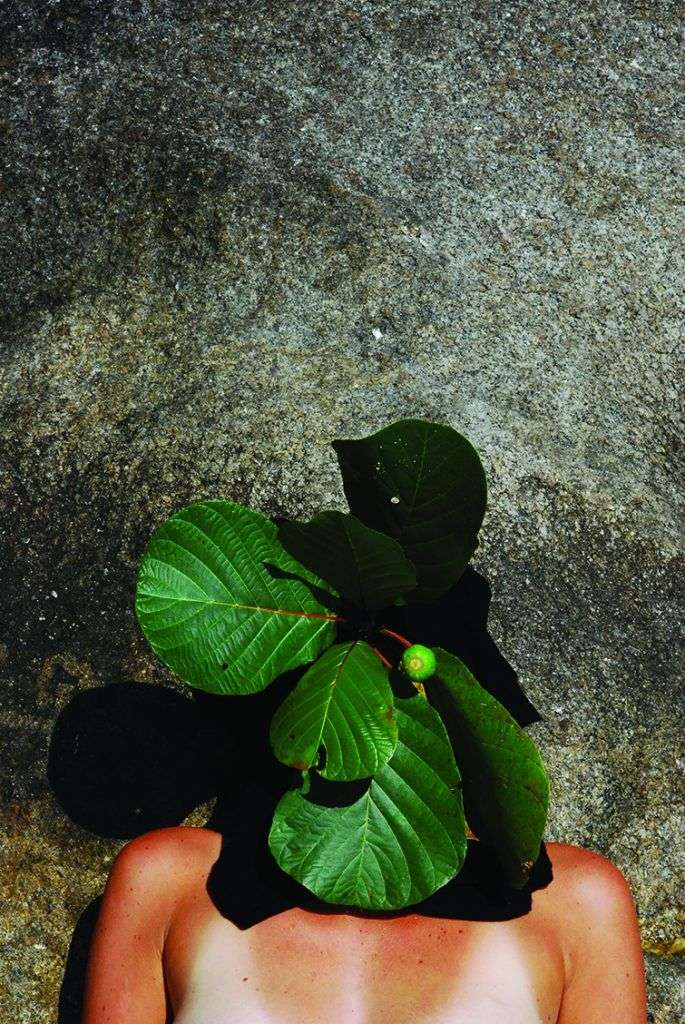
Tracking debugger device
Serie Hogon (The forbidden kingdom) Surin Islands, Thailand
Lightjet print on metallic paper


